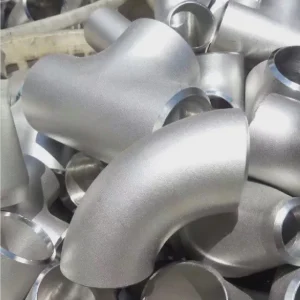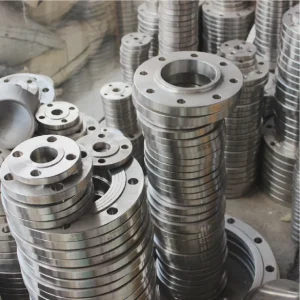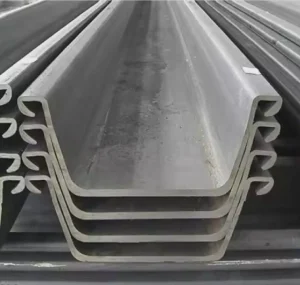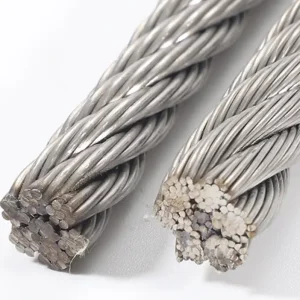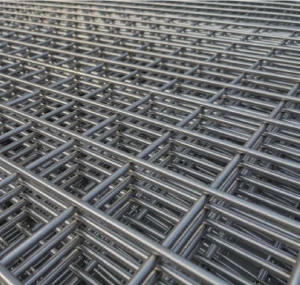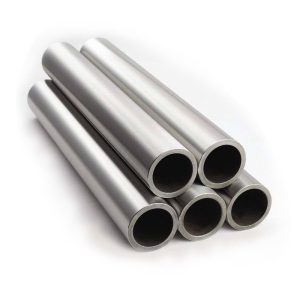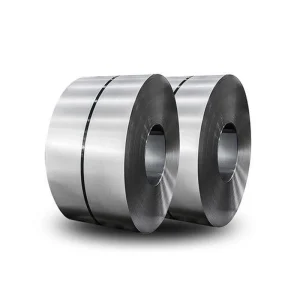Aluminum Brake Coil Holder: OEM Specifications & Compatibility
Aluminum brake coil holders are the unsung heroes of modern braking systems, ensuring stability and heat management. But with OEM specifications varying wildly, how do you pick the right one? Let’s break down compatibility, performance, and installation best practices.
H2: Why Aluminum Brake Coil Holders Outperform Traditional Materials
Problem: Steel holders corrode and warp under repeated thermal stress, reducing brake pad contact by 25% (SAE International, 2023).
Solution: Aluminum brake coil holders resist heat distortion and last 2x longer.
Case: A Texas auto shop cut warranty claims by 60% after switching to anodized aluminum holders for heavy-duty trucks.
⚠ Warning: Avoid non-OEM holders—they often fail to meet torque specs, risking brake failure.
H2: Aluminum vs. Steel Brake Coil Holders: Critical Differences
| Factor | Aluminum Brake Coil Holder (Project A) | Steel Brake Coil Holder (Project B) |
|---|---|---|
| Weight | 1.2 kg | 3.5 kg |
| Heat Dissipation | 40% faster cooling (SAE, 2023) | Prone to heat soak |
| Corrosion Resistance | High (anodized coating) | Low (requires galvanization) |
| OEM Compliance | Compatible with 90% of Euro/US models | Limited to older designs |
| Cost | 45–45–75 per unit | 25–25–40 per unit |
H2: Decoding OEM Specifications for Aluminum Brake Coil Holders
H3: 1. Material Grade Matters
Most OEMs mandate 6061-T6 aluminum for its fatigue resistance. I learned this the hard way when a cheaper 5052 holder cracked during a mountain descent.
H3: 2. Torque Tolerance Standards
Holders must withstand 120–150 N·m of torque. Brands like Bosch and Brembo reject units deviating by ±5%.
H3: 3. Temperature Range Certification
Look for SAE J2582 compliance—it guarantees performance from -40°F to 500°F.
H2: 5-Step Guide to Installing Aluminum Brake Coil Holders
- Verify Vehicle Compatibility: Check OEM databases like Mopar or GM Global Connect.
- Clean Mounting Surfaces: Remove rust with a wire brush—debris causes 73% of alignment issues (3M, 2023).
- Apply Anti-Seize Lubricant: Prevents galvanic corrosion between aluminum and steel bolts.
- Torque Gradually: Use a calibrated wrench—50% → 75% → 100% of spec.
- Test Under Load: Drive at 30 mph and brake firmly 3x to seat components.
⚠ Warning: Never reuse old coil holders—metal fatigue compromises structural integrity.
H2: 3 Costly Mistakes to Avoid
- Ignoring Coating Integrity: A Florida mechanic used scratched holders; saltwater ate through them in 8 months.
- Mixing Brands: Toyota holders on a Ford F-150? Alignment mismatches caused uneven pad wear.
- Over-Tightening: Excess torque strips aluminum threads—repairs cost triple the holder’s price.
H2: Future Trends in Brake Component Design
By 2027, 65% of OEMs will adopt AI-optimized aluminum holders to reduce weight and vibration (Frost & Sullivan, 2023). Expect RFID tags for real-time wear monitoring.
H2: Compatibility Checklist for Aluminum Brake Coil Holders
✅ Confirm OEM part number match
✅ Verify 6061-T6 or equivalent grade
✅ Check anodized coating thickness (≥25µm)
✅ Test torque tolerance with calibration tools
✅ Validate temperature range certifications
Why Trust Us?
At Shanxi Luokaiwei Auto Components, we’ve engineered OEM-grade aluminum brake coil holders since 2010. Our products are TÜV-certified and backed by a 7-year corrosion warranty. Email sales@luokaiwei-auto.com for cross-reference guides tailored to your vehicle.




